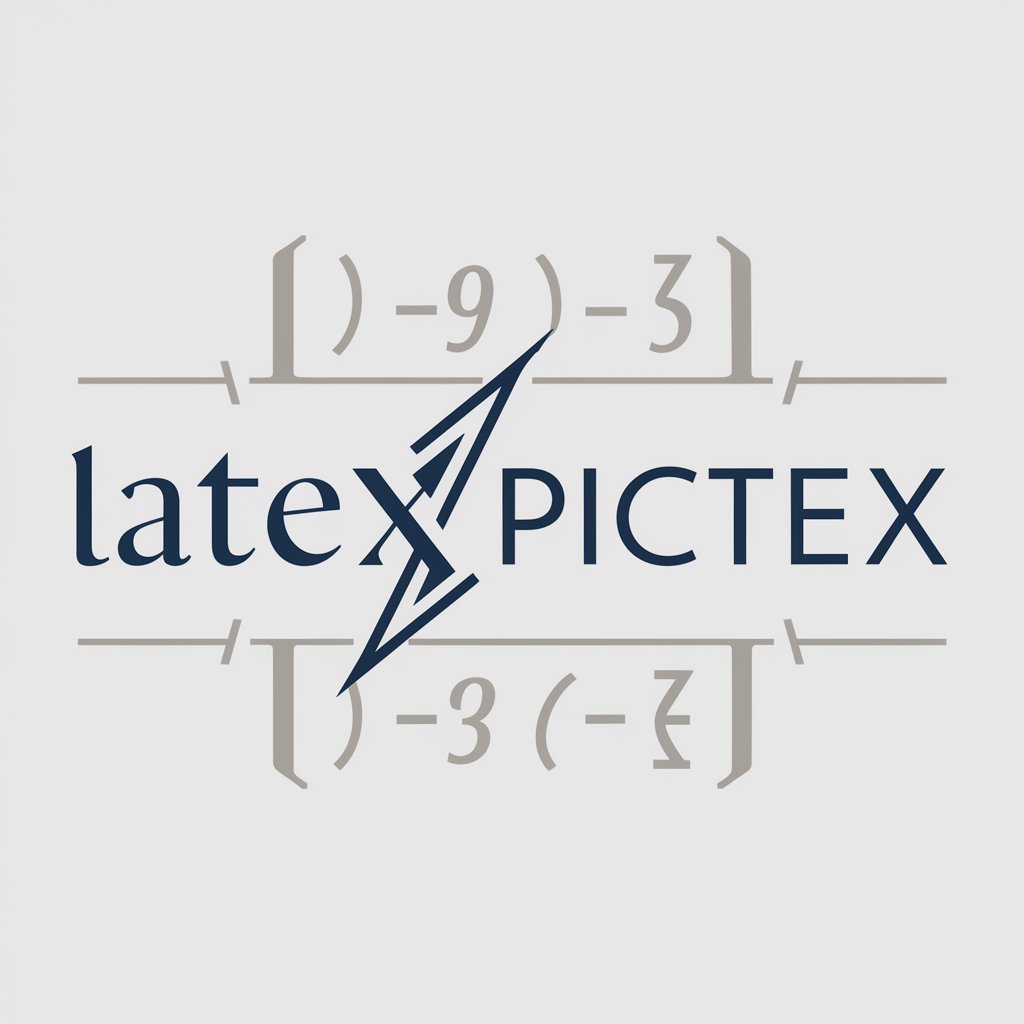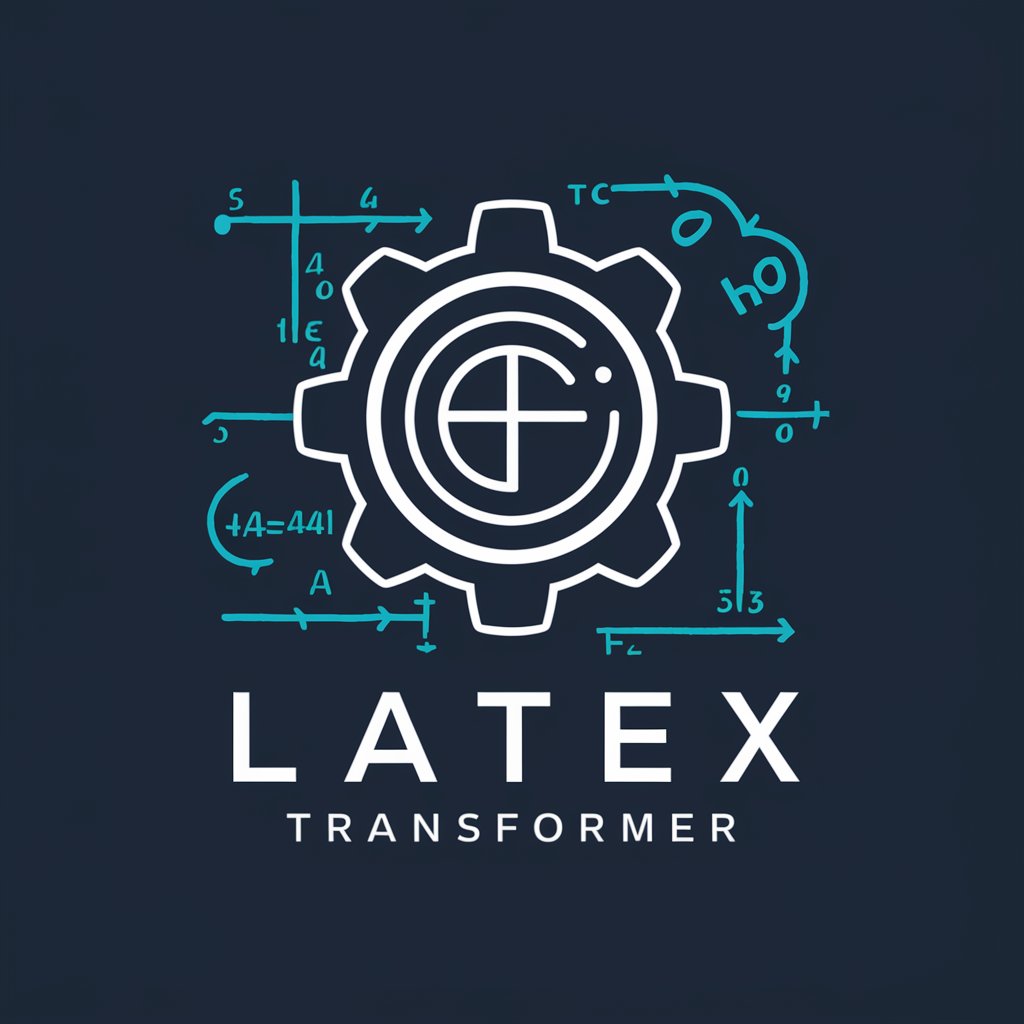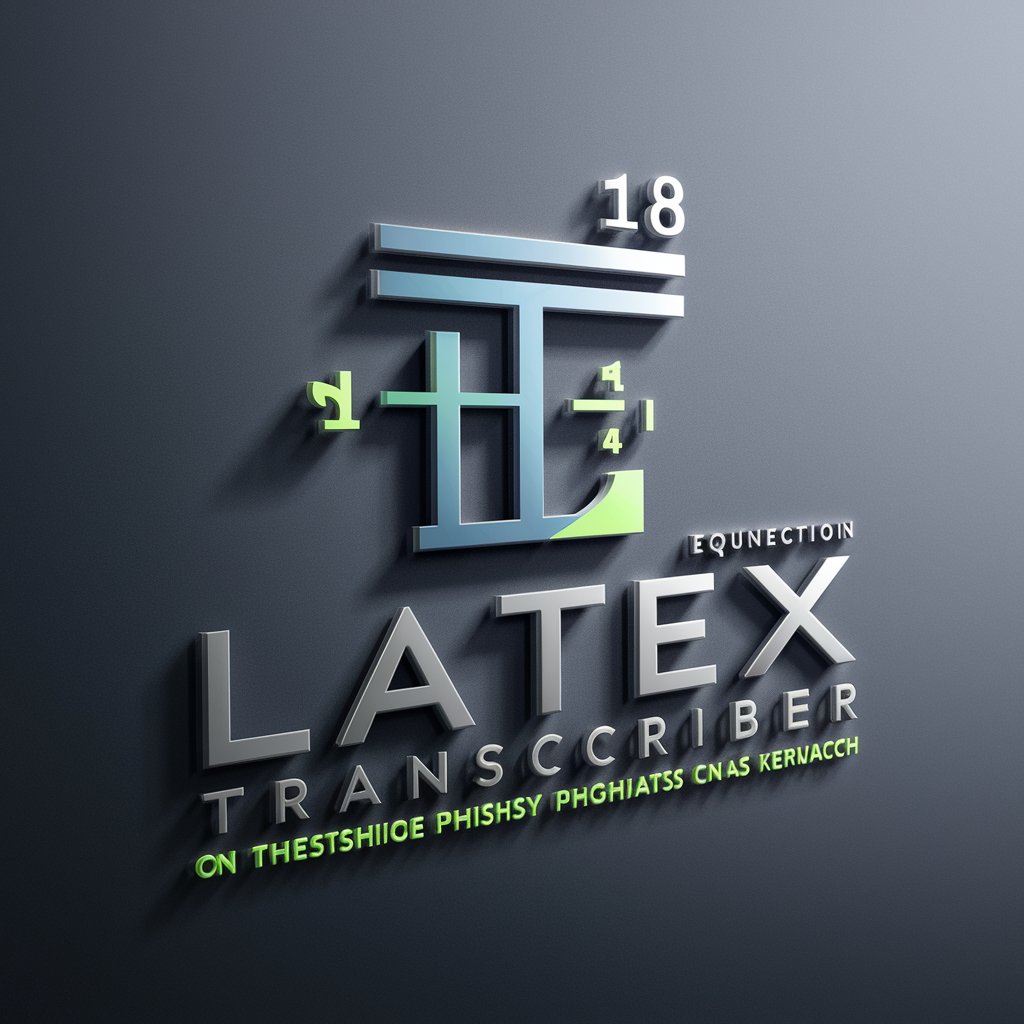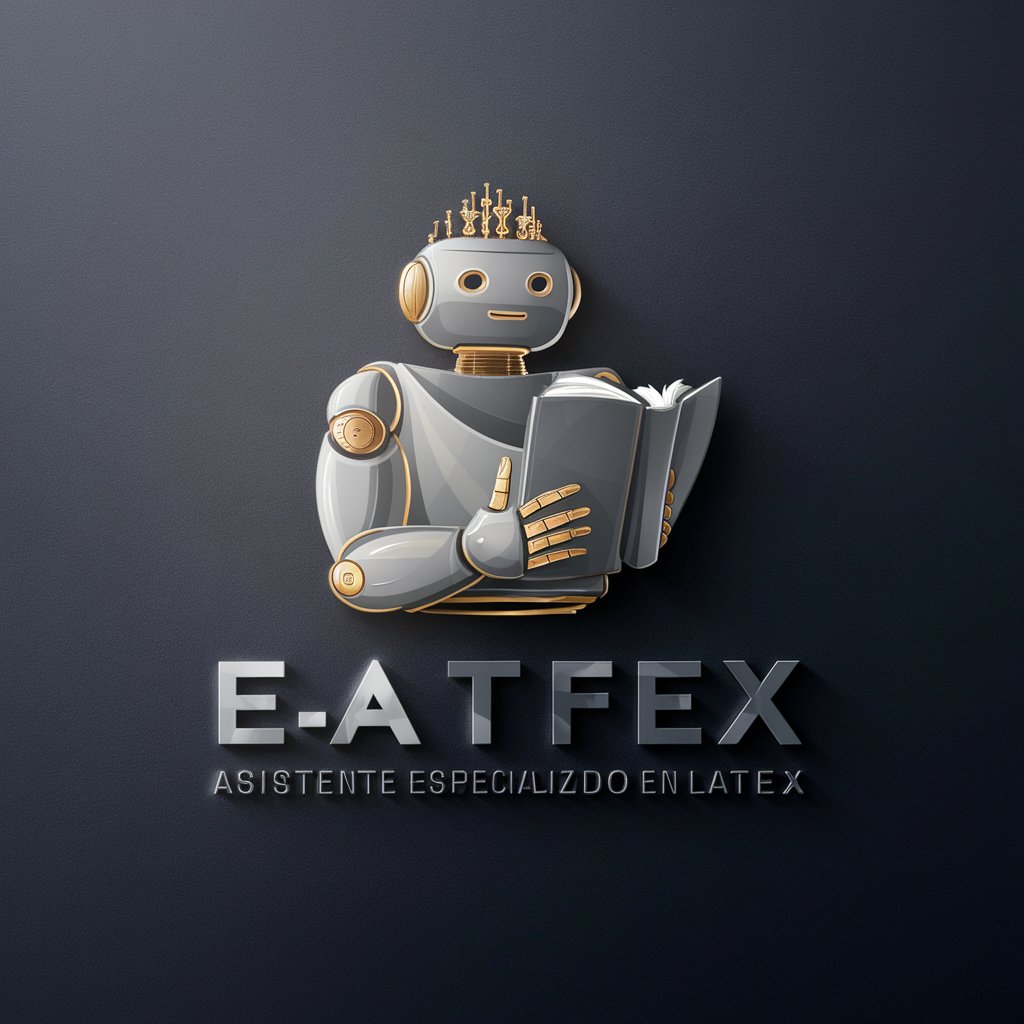5 GPTs for Equation Editing Powered by AI for Free of 2026
AI GPTs for Equation Editing are advanced artificial intelligence tools based on the Generative Pre-trained Transformer (GPT) model, tailored to assist with editing, solving, and understanding mathematical equations. These tools leverage the power of machine learning to interpret, manipulate, and generate equations, making them highly relevant for academic, research, and professional applications. The integration of GPT technology in equation editing highlights its adaptability in specialized fields, offering precise, efficient solutions for handling complex mathematical tasks.
Top 5 GPTs for Equation Editing are: PDF or Image to LaTeX Converter,LaTeX PicTeX,LaTeX Transformer,LaTeX Transcriber,Asistente Latex
PDF or Image to LaTeX Converter
AI-powered conversion of formulas to LaTeX

LaTeX PicTeX
Transform equations with AI precision

LaTeX Transformer
Transform Equations into LaTeX Effortlessly

LaTeX Transcriber
Transforming Handwritten Equations with AI

Asistente Latex
Streamlining LaTeX document creation with AI

Key Attributes and Functionalities
AI GPTs for Equation Editing stand out for their adaptability, capable of handling tasks ranging from simple algebraic manipulations to complex calculus problems. Key features include natural language understanding for interpreting mathematical queries, the ability to generate step-by-step solutions, and support for various mathematical notations. Specialized functionalities may also encompass integration with technical computing environments, web-based research for problem-solving, image generation for visual representation of equations, and data analysis capabilities for empirical validation.
Intended Users of AI GPTs in Mathematics
These AI tools are designed for a wide range of users including students, educators, researchers, and professionals in fields requiring mathematical problem-solving. They are accessible to novices, providing an intuitive interface for exploring mathematical concepts, and offer advanced customization options for developers and professionals with programming skills, enabling integration into specialized workflows or systems.
Try Our other AI GPTs tools for Free
Physics Documentation
Discover how AI GPTs for Physics Documentation can revolutionize your approach to creating, analyzing, and managing physics-related content with advanced AI support.
Data Isolation
Explore AI GPTs for Data Isolation: Tailored solutions designed to secure and manage sensitive data with advanced encryption, real-time monitoring, and customizable features for professionals at all skill levels.
Section Focus
Explore how AI GPTs for Section Focus revolutionize tasks and topics in specialized domains with tailored solutions, enhancing productivity and knowledge.
UX Planning
Discover how AI GPTs for UX Planning can transform your design process with data-driven insights, intuitive interfaces, and advanced customization options, making UX design more efficient and user-centered.
Store Configuration
Discover how AI GPTs for Store Configuration can transform your retail operations with automated solutions for inventory, layout, and customer engagement.
Mentorship Enhancement
Discover how AI GPTs enhance mentorship with personalized guidance, skill-building tools, and 24/7 support tailored to your learning journey.
Expanding Horizons with AI GPTs
AI GPTs for Equation Editing exemplify the potential of customized AI solutions across various sectors, offering user-friendly interfaces and the ability to seamlessly integrate with existing digital ecosystems. They not only simplify mathematical problem-solving but also enhance productivity and innovation in research, education, and professional domains.
Frequently Asked Questions
What exactly are AI GPTs for Equation Editing?
AI GPTs for Equation Editing are specialized AI models designed to understand, solve, and generate mathematical equations, leveraging the capabilities of Generative Pre-trained Transformers.
Can these tools handle complex mathematical problems?
Yes, these tools are designed to address a wide range of mathematical challenges, from basic equations to advanced calculus and linear algebra problems.
Do I need programming skills to use these tools?
No, these tools are built with user-friendly interfaces that do not require programming knowledge for basic usage, making them accessible to a broad audience.
Can developers integrate these tools into custom applications?
Yes, developers can leverage APIs and programming interfaces to incorporate these AI tools into custom applications or workflows.
Are there educational applications for these AI GPTs?
Absolutely, these tools are ideal for educational purposes, offering students and educators enhanced ways to explore and understand mathematical concepts through interactive problem-solving.
How do these tools understand natural language queries?
They utilize advanced natural language processing techniques to interpret the context and details of mathematical queries, allowing users to input problems in a conversational manner.
Can these tools generate visual representations of equations?
Yes, some AI GPTs for Equation Editing come with the capability to create visual representations, aiding in the comprehension and presentation of complex mathematical ideas.
Are these tools useful for research purposes?
Definitely, researchers can use these tools for analytical tasks, including solving equations relevant to their work, validating theoretical models, and conducting data analysis.